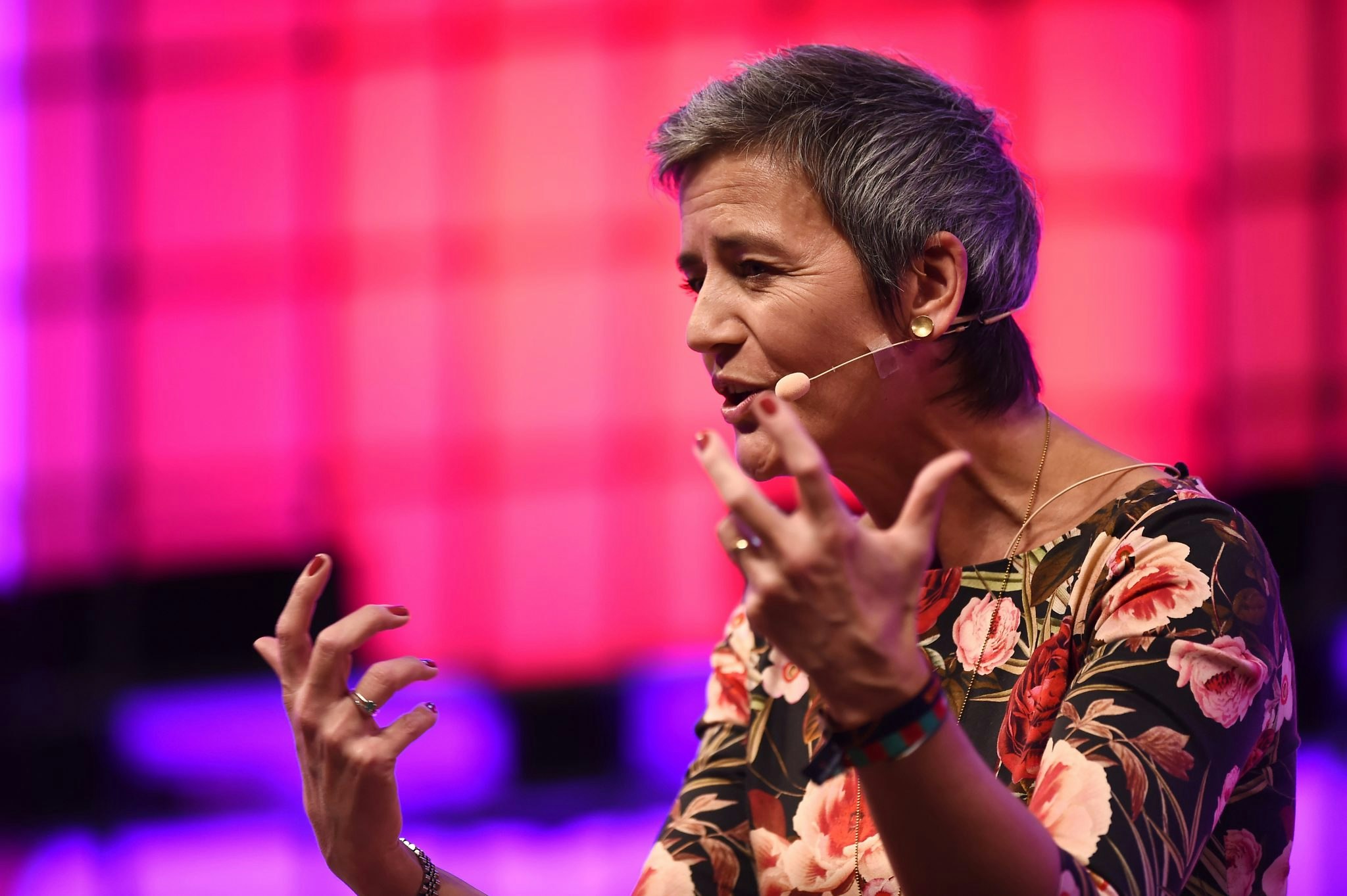Last week, Stability AI’s CEO Emad Mostaque made a big announcement on X, stating that the generative AI company will be moving away from its former open source business model and putting its most advanced AI models behind a paywall for enterprise customers, via monthly subscription.
The move represents a push to generate more revenue, and fast, as the company tries to drum up more income than it’s been making from its core “models as a service” offering.
It’s a big change of strategy for a startup that came out of nowhere with a bang last year, raising a $101m Series A in October 2022 from Lightspeed and Coatue to become Europe’s answer to OpenAI.
Announcing the round, Mostaque said that he’d chosen Coatue and Lightspeed as investors due to their “support for open source AI”, and that, as “the infrastructure of the future”, AI should be open source. (OpenAI is, famously, not open source.) In January, he also told Sifted that Stability’s open source strategy was “a really good, tried and tested business model”.
So, a year on, what’s changed?
Clients of Stability suggest to Sifted that the company could be struggling to retain business due to poor customer service and sluggishness to release important new features, while Sifted has learnt that Mostaque has considered re-selling the cloud computing resources it rents from Amazon to bring in more money.
A Stability spokesperson tells Sifted that it won’t charge researchers and other non-commercial users for open source access to its best models, and that it is launching the monthly subscription to “better serve enterprise customers”.
Re-selling compute and AWOL megarounds
Stability’s new subscription model isn’t the first time it’s explored ways to diversify its revenues. The company pays for the use of a large number of high-performance AI chips from AWS, and Sifted has learnt from a source within the company that, over the summer, Mostaque was planning to re-sell the use of these chips to generate income as a key business priority.
A spokesperson from Stability told Sifted that the company does not make money from re-selling compute.
In August, Mostaque also communicated to colleagues that he was close to signing a large investment round that would have given the company more than a year of runway, Sifted has learnt from an internal source.
Stability raised close to $50m in the form of a convertible note from Intel in November, according to reporting from Bloomberg. The company has reportedly been trying to raise fresh funding at a $4bn valuation since March — a number a Stability spokesperson tells Sifted “is inaccurate”. The company is in a “strong and healthy position”, they add.
The startup has seen more than 10 top execs exit the company this year, while Bloomberg also reported that Lightspeed partner Gaurav Gupta left his board role due to “differences of opinion with management over the direction of the company”.
High costs
Stability needs to find new income streams as its open source strategy has not yet yielded big revenues.
In November, Mostaque told Bloomberg that Stability’s annual revenues would exceed $10m as of October 2022 and, in a now-deleted version of that X post, Mostaque shared that the company made $1.2m of revenue in August, and “should break $3m” in November.
For reference, Microsoft-backed OpenAI (which released ChatGPT on November 30 last year) made $28m in revenue in 2022, losing $540m due to the high costs of developing the model, but is projecting $1bn of revenue by 2024. This year, Stability has trained GenAI models for text, image, audio and video and is likely spending millions of dollars on compute annually.
“The cost of large-scale custom models is prohibitive at the moment and very hard to sustain unless you are a large corporate,” says Roeland Decorte, founder of the AI Founders Association, an industry group for entrepreneurs working in the space. “They [Stability AI] need to be creative in the way they make revenue.”
A company spokesperson tells Sifted that it is “innovating and adapting” access to its models for its customers.
Stability also has a big wage bill compared to open source rivals like Paris-based Mistral. According to LinkedIn data, Stability currently employs just under 200 people, while Mistral employs around 30.
Unhappy customers
But despite the big team, some customers that have used Stability’s premium, paid product for image generation are unhappy with the level of service they’ve had from the company.
“Stability has just been really slow to develop their API. Features that they told us about months ago still haven't made it to production,” says one customer that has wound down business with Stability, who asked to remain anonymous.
“They would tell us a feature is coming soon, we start preparing for it and then six months later, we don't have it. The biggest thing was that our competitors around us who weren't using Stability could implement features like this relatively quickly and easily because they're open source.”
One former employee of another of Stability’s clients, presentation creator platform Tome, also says that customer service was sub-par.
“It became a joke internally that Stability AI is probably the least stable service we’ve ever worked with,” they say. “If there was a bug in their API, and we told them, it took a week or two to get fixed, which is a way longer turnaround time compared to OpenAI, which was way more responsive to any feedback from us.”
A Stability spokesperson tells Sifted that it is a “foundation model powerhouse focused on enterprise customers”, adding that it is the “most liked” company on Hugging Face, a platform for downloading open source AI models.
The spokesperson also says that “API is not its core offering” but that the company remains committed to improving customer support.
Stability hasn’t publicly revealed a significantly growing customer base since raising its Series A. In January, Mostaque told Sifted that Indian media company Eros was a client, while in June, Stability told Forbes it was working with the Malawian government.
Neither responded to Sifted when asked if they are still customers of Stability.
Stability’s spokesperson said in December that it is “working with HubSpot, Tome, Jasper, Supermicro and others and we are continuing to grow our list of clients and partners”.
In July, Sifted asked Stability which clients it was working with and the company responded: “While we cannot name all of our clients publicly, they include Tome and Jasper AI.”
Sifted reached out to all of the above to ask if they are still customers of Stability. Tome confirmed that it is a customer, but declined to comment further on its experience using Stability’s product.
Sifted also asked Stability if it is currently seeking fresh investment: the spokesperson says that the company “continues to receive interest from major venture capital and strategic investors”.
The spokesperson says that revenue streams from its new membership model will allow Stability “to drive even greater efficiency and deliver better and more impactful foundation models for businesses and researchers worldwide”.


